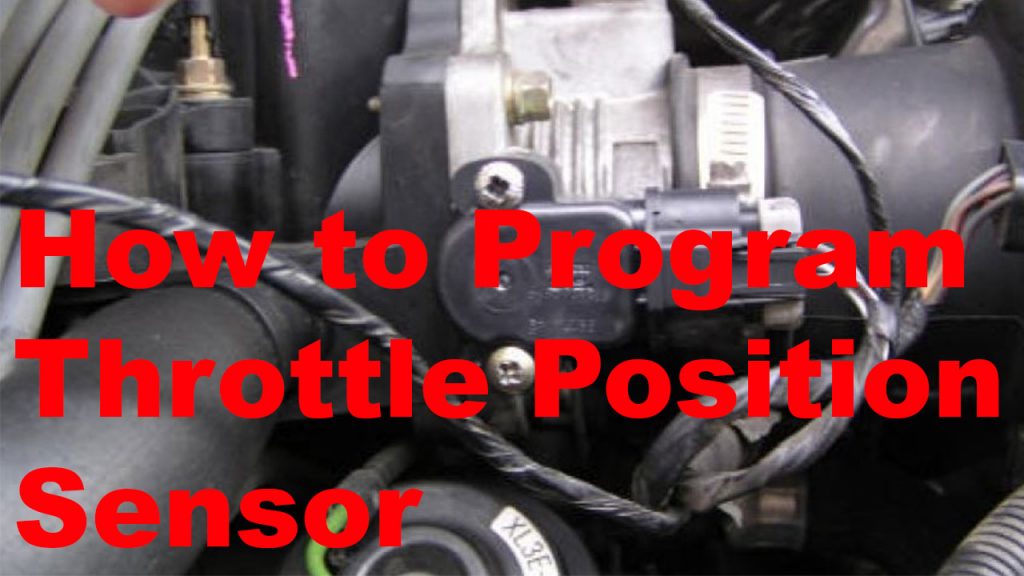The TPS plays a crucial role in the functionality of your vehicle. It is responsible for the location of the throttle plate, which is necessary to determining how much air enters the engine. A defective throttle position sensor can result in a series of issues that can impact your car's drivability, fuel efficiency, and emissions. Being aware of the signs that suggest a faulty sensor is key to averting more serious problems down the road.
When the throttle position sensor begins to have issues, it can transmit incorrect data to the engine management system. This can result in various indicators that are not only difficult but can also endanger your well-being on the highway. In this write-up, we will examine 7 important signs to look out for that may signal your throttle position sensor is malfunctioning, helping you remain aware and proactive in taking care of your vehicle.
Understanding the Throttle Position Sensor
The throttle position sensor is a crucial component in modern automotive engines, playing a critical role in controlling engine performance and efficiency. This sensor tracks the position of the throttle valve, which determines the amount of air entering the engine. By providing real-time data to the engine control unit, the throttle position sensor helps fine-tune fuel delivery and overall engine responsiveness.
When the throttle position sensor commences to fail, it can distort the delicate balance of air and fuel required for maximum engine performance. A malfunctioning sensor may send incorrect signals, resulting in subpar acceleration, erratic idling, or engine shutdown. Understanding how this sensor works is crucial for noticing signs of failure and fixing issues promptly to avoid other complications.
Troubleshooting problems with the throttle position sensor can be tricky since symptoms may mimic those of other engine issues. Typical causes of sensor failure include deterioration, wiring problems, or contamination from dirt and debris. Identifying the specific symptoms associated with a malfunctioning throttle position sensor can help drivers take measures for a more seamless and more efficient driving experience.
Frequent Signs of Malfunction
One of the top prominent indicators of a malfunctioning throttle position sensor is a abrupt decrease in engine performance. Drivers may face erratic acceleration or stalling when trying to maintain speed. This occurs because the sensor is responsible for conveying the location of the throttle plate to the engine control unit. When the sensor breaks down, it can send inaccurate data, causing the engine to become inactive or pause during acceleration.
Another common symptom is diminished fuel efficiency. If the throttle position sensor is faulty, the engine may receive too much or insufficient fuel, leading to higher fuel consumption. This can substantially impact your vehicle's fuel economy, resulting in frequent stops at the gas station and unforeseen expenses for the driver. Watching an eye on gas mileage can assist catch this issue early on.
Additionally, a failing throttle position sensor can trigger the check engine light on your dashboard. The engine control unit regularly monitors the sensor's readings, and any irregularities can lead to a message being displayed. If the check engine light lights up, it's essential to diagnose the issue quickly, as continued driving with a problem can lead to further engine issues or escalated repair costs.
Identifying and Resolving Issues
When you suspect your throttle position sensor could be malfunctioning, the first step would be to conduct a thoroughly detailed diagnostic check. Using an OBD-II scanner can assist you identify any error codes associated with the throttle system. Such codes can provide insight into whether the issue lies with the sensor alone or other components of the vehicle's throttle control system. Ensure to inspect the cables and connections connected to the throttle position sensor for any visible signs of wear or damage.
Once you have determined the problem, the next step is to discern whether the throttle position sensor should be repaired or replaced. If throttle position sensor tps is faulty, it's usually preferable to swap out it entirely. Before doing so, also verify if there are any problems with the throttle body that could affect the sensor's performance. Keeping your vehicle's software updated can also fix minor discrepancies and improve sensor functionality.
After installing a new throttle position sensor, it is crucial to reboot the vehicle's engine control module to clear any existing trouble codes. This often involves disconnecting the battery for a few minutes or using a scanner tool. After reconnecting and resetting, take your vehicle for a trial drive to ensure that the sensor is operating correctly and to ensure that the symptoms no longer persist. Regular maintenance and inspections can aid stop future sensor issues and make sure your vehicle functions smoothly.

